Explore the Best AI Image Gallery
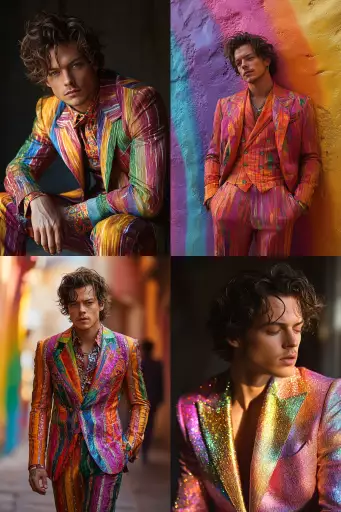
Quantum Creativity: Where Computing Meets the Arts
The realm of creativity has always been a playground for innovation, where imagination meets ingenuity. In recent years, this dance between human inspiration and technological advancement has taken on a whole new dimension with the emergence of quantum computing. This groundbreaking field, harnessing the enigmatic principles of quantum mechanics, promises to revolutionize not only scientific research but also the very fabric of creative expression.
Potential Applications in the Creative Industry
- Generative Art: Imagine algorithms capable of crafting intricate and unique artworks, responsive to the artists intent and evolving in real-time. Quantum computers could empower artists to explore unprecedented aesthetic dimensions, generating masterpieces that transcend traditional limitations.
- Music Composition: The symphony of the future might be orchestrated by quantum algorithms. These systems could analyze vast musical datasets, identify patterns and harmonies, and compose original pieces in diverse genres, pushing the boundaries of musical innovation.
- Interactive Storytelling: Quantum computing could usher in a new era of interactive narratives where stories dynamically adapt to the users choices and emotions. Imagine immersive experiences where the narrative unfolds based on your actions, creating truly personalized and engaging tales.
- Design and Fashion: From conceptualizing innovative clothing designs to simulating fabric properties, quantum algorithms can assist designers in pushing creative boundaries. They could optimize patterns, predict material behavior, and even generate virtual fashion shows, streamlining the design process and sparking fresh ideas.
Ethical Considerations
While the potential of quantum creativity is vast, its crucial to address the ethical implications that arise with such powerful technology. Some key considerations include:
- Authorship and Ownership: When algorithms generate creative content, who owns the copyright? Establishing clear guidelines for intellectual property rights in a world where machines can create is essential.
- Bias and Representation: Quantum algorithms are trained on data, and if that data reflects existing biases, the generated creative output may perpetuate those inequalities. Its crucial to ensure fairness and inclusivity in the development and deployment of these technologies.
- Access and Equity: The benefits of quantum creativity should be accessible to all, not just a privileged few. Bridging the digital divide and ensuring equitable access to these transformative tools is paramount.
Future Trends
The intersection of quantum computing and the creative industry is still in its nascent stages, but the future holds immense promise:
- Hybrid Creativity: Well likely see a fusion of human ingenuity and quantum algorithms, where artists leverage the power of these technologies to enhance their creative processes and explore new frontiers.
- Quantum-Powered Studios: Imagine dedicated spaces equipped with quantum hardware and software, fostering collaboration between artists, scientists, and engineers to push the boundaries of creative expression.
- Immersive Quantum Experiences: Quantum computing could enable entirely new forms of immersive art, where viewers interact with dynamic, responsive environments powered by quantum algorithms, blurring the lines between reality and imagination.
As we venture deeper into this uncharted territory, one thing is certain: quantum creativity has the potential to redefine the very essence of art, ushering in a new era where technology and human imagination converge to create extraordinary experiences.




](https://images.ai-img.art/thumbnails/150/bd056a4718c27444e064198762f8dc8ffa1f74f1afd7dcda8d5cb8b142797d6e.webp)












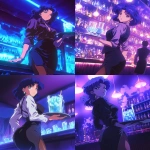

](https://images.ai-img.art/thumbnails/150/2ebdeb4f7db35100e5be5de9bc3e533a40d14e5feedefd7ffc586524a0f3ba8c.webp)
](https://images.ai-img.art/thumbnails/150/685ae68cfab93a7e59a71206867b060c45bd6fd3cd561c4fe60fca514b09c5f8.webp)






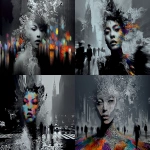





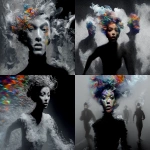
](https://images.ai-img.art/thumbnails/150/7cf5a08238f29c821f52bb4f63db48af0b7f633ff3b9f7253074d78ced9ff6f6.webp)
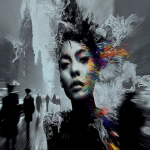
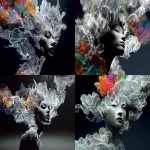

](https://images.ai-img.art/thumbnails/150/a3ed6513a6661aa3ee46e0c2924d1e8888854e91d8908de39db5590dc41f8d8f.webp)

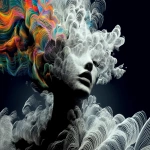


](https://images.ai-img.art/thumbnails/150/0ba0be922ab76af53f75ab90126ae2b18a600ee3b96941e8ab897a9f10594e5a.webp)
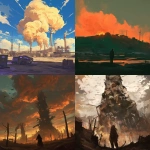
](https://images.ai-img.art/thumbnails/150/ff09e32d2be011c0dd785984c5c1e47839ce551a31da1bde242860b30df2aa30.webp)


](https://images.ai-img.art/thumbnails/150/847809c77ca9a73b68bc190e6efb06fec87157685a243730d5a66a403b0e6e10.webp)
